Chasing Shadows: Work continues on historic Wewa church
The resurrection of the 120-year-old First Presbyterian Church of Wewahitchka, considered among the county’s very oldest buildings, is right on schedule.
Grants from the Federal Emergency Management Agency (FEMA), have gone a long way since Hurricane Michael nearly pushed the building off its foundation in 2018.
“You would think you were in a fun house, it was visibly leaning toward Blountstown,” said Carol Wood, the church’s supply minister and by default its grants administrator.
“The bell tower on the Port St. Joe side of the church was almost detached. It left a big V opening to the sky.”
The FEMA portion of the work done first was to pull out the old brick pier foundation, and then have Ducky Johnson House Movers raise the whole church up on jacks, so they could pour a cement foundation with rebar and hurricane straps, work that was finished in February 2022.
“With a bunch of volunteers we cleaned a lot of the original bricks, broke them apart and cleaned them, and many were used to create a face around the concrete block foundation, that looks like it did when the church was finished in 1903,” said Wood.
The history of the church
Wewahitchka’s First Presbyterian Church was originally built as St. John’s Episcopal and consecrated by the Right Reverend Edwin G. Weed on Nov. 26, 1903.
While it was thought to have been constructed by Francis Rummel, an immigrant carpenter from Bohemia after he was hired by Dr. John Washington Keyes, a prominent resident of Wewahitchka, this does not seem plausible since Keyes died Nov. 27, 1892, 11 years before the building’s completion.
It seems more likely that Rummel, a master craftsman living in Georgia, was persuaded to move to Wewahitchka by Keyes some years before the building was built.
Franklin County Planner Mark Curenton, a local historian, has found newspaper reports that indicate an African-American man living in Apalachicola was instrumental in building the church.
An item in the Nov. 7, 1903, issue of The Apalachicola Times, under the heading “AMONG THE COLORED PEOPLE” indicated that “Mr. Wm. E. Jones, one of our popular contractors, left last Sunday for Wewahitchka to superintend the construction of the Episcopal church at that place.”
Three weeks later, the Times reported that “Mr. Wm. E. Jones is at home again from Wewahitchka where he was completing the Episcopal Church at that place.”
Jones, who lived in a house at the corner of Avenue D and 7th Street that he bought in 1881, worked at one of the local sawmills, and was reported to have used lumber that he would bring home from work to build the house.
The frame structure of the church is approximately 50 feet long and 20 feet wide with a 10-feet by 10-feet bell tower on the south side. Entry is through a 6-feet by 6-feet narthex projecting from the west end of the sanctuary; an apse with a hipped roof is located on the east end. The main sanctuary is covered with a gable roof and its exterior walls covered with cypress board and batten siding.
Originally a tall steeple surmounted with a cross topped the bell tower, with four gables projected from the sides of the steeple. A secondary entrance was through the west side of the bell tower.
In the 1930s the bell tower was hit by lightning, knocking the cross and the steeple into the street. The steeple was removed and the windows at the second level of the bell tower were changed to louvered openings and the entryway through the bell tower was removed. A shallow hipped roof replaced the steeple. In 1998 a new steeple was added to the bell tower.
By the early 1940s the Episcopal congregation had dwindled in number such that it had become inactive and the building sat vacant. In 1943 the Presbyterians of Wewahitchka approached the Episcopal Diocese of Florida about repairing the structure for the use of the Presbyterian congregation for a period of five years with the option of purchasing the property at the end of the period for $250. The Episcopals accepted the offer, and the Presbyterians repaired the building at an estimated cost of $1,600. The Presbyterian congregation then moved across the street from a building they shared with the Methodists.
The Presbyterians did not wait five years to purchase the property, however. On Oct. 16, 1943, the Diocese of Florida deeded the property of St. John the Baptist Episcopal Church to the Presbyterian Church of Wewahitchka.
When the Episcopal congregation was reorganized in Wewahitchka around 1950, they shared the sanctuary with the Presbyterian congregation: the Episcopals worshiping at 8 a.m. and the Presbyterians at 11 a.m. on Sunday mornings.
FEMA paid 75 percent of those costs, as well as for the replacement of the handicap ramps and steps, and there’s more to come. “We’re still working with them,” she said, noting that so far, FEMA has approved about $300,000 for the overall repairs.
Wood said the other problem in need of remedying is that the roof is swaying, and so an amendment to the scope of work, drawn up based on recommendations from Southeastern Consulting Engineers, will take the work inside the sanctuary to shore up the roof.
“The Carpenter Gothic architecture has a high steep ceiling and in order to shore up the beams, or trusses, inside, we’ll be ‘sistering’ the beams, so that each beam or truss would have a new piece of lumber on either side of the truss,” said Wood. “The sistering has to be approved by FEMA to be included in scope of work.”
County Manager Michael Hammond joined with Wood and others last week to examine the proposed work, which could include costly abatement of the lead ceiling paint. Hammond said there may be lower cost alternatives to spending in the neighborhood of $40,000 on the lead abatement.
Due to so much water damage, the inside bell tower walls have to be redone, and that will be followed by the spending of two grants from Florida’s Division of Historic Resources once the main FEMA repairs are completed, Wood said.
A state grant of $28,600 will cover the scraping and painting of the church and fellowship hall, and a second one, for about $31,500 will be to fund the gathering of the history of the early church in Wewahitchka to create a trifold color brochure, as well as large supply panels mounted inside the fellowship hall.
It is inside that hall where 11 a.m. Sunday services are currently held, led by Wood as well as retired ministers from Marianna and Panama City.

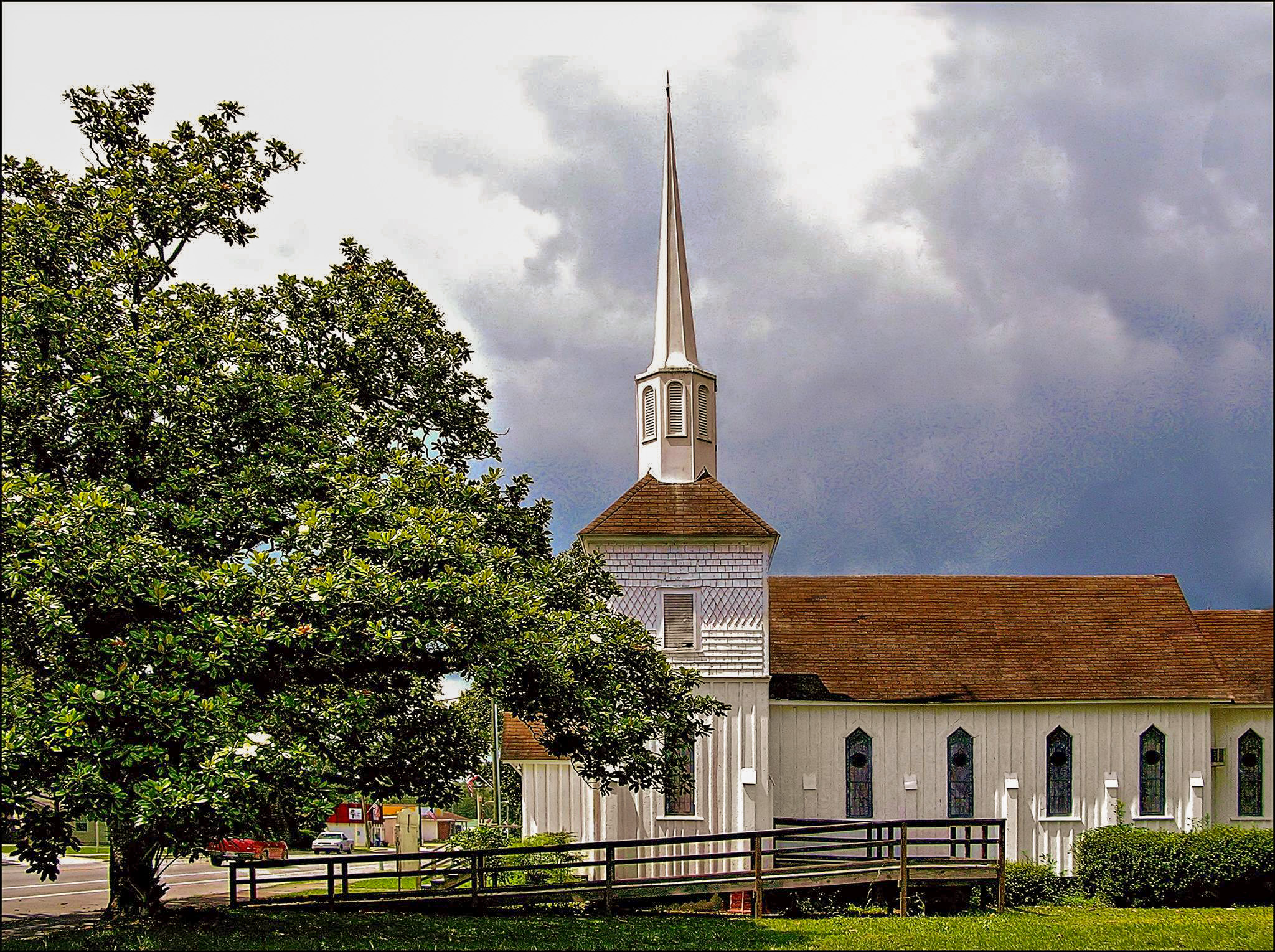

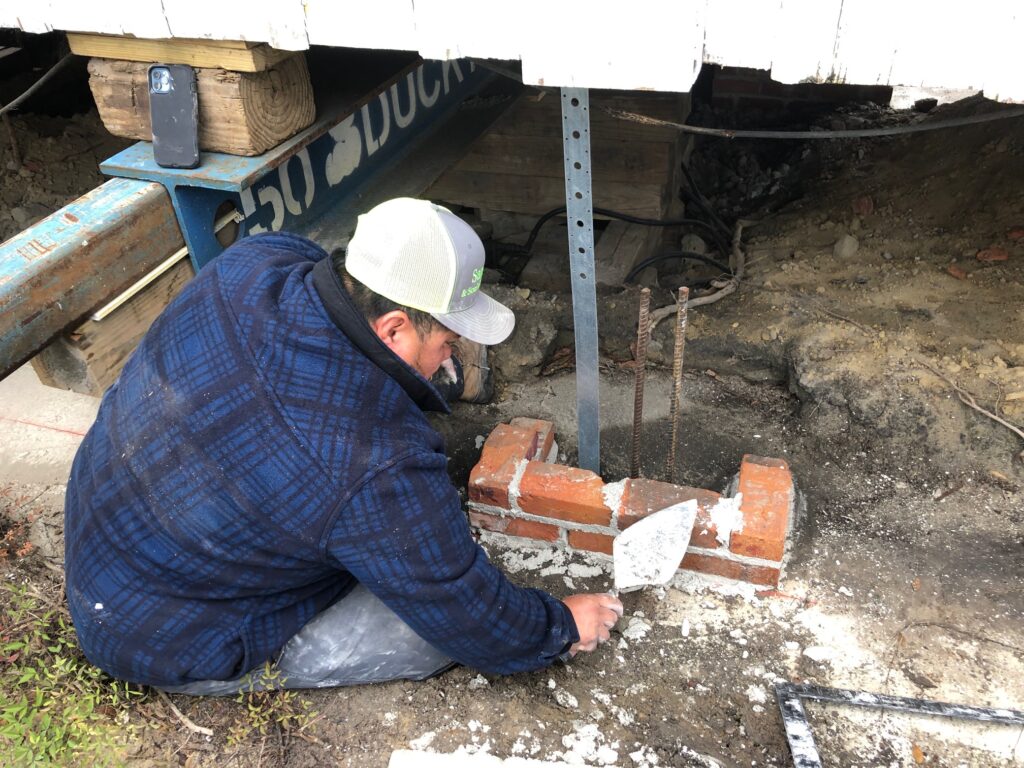



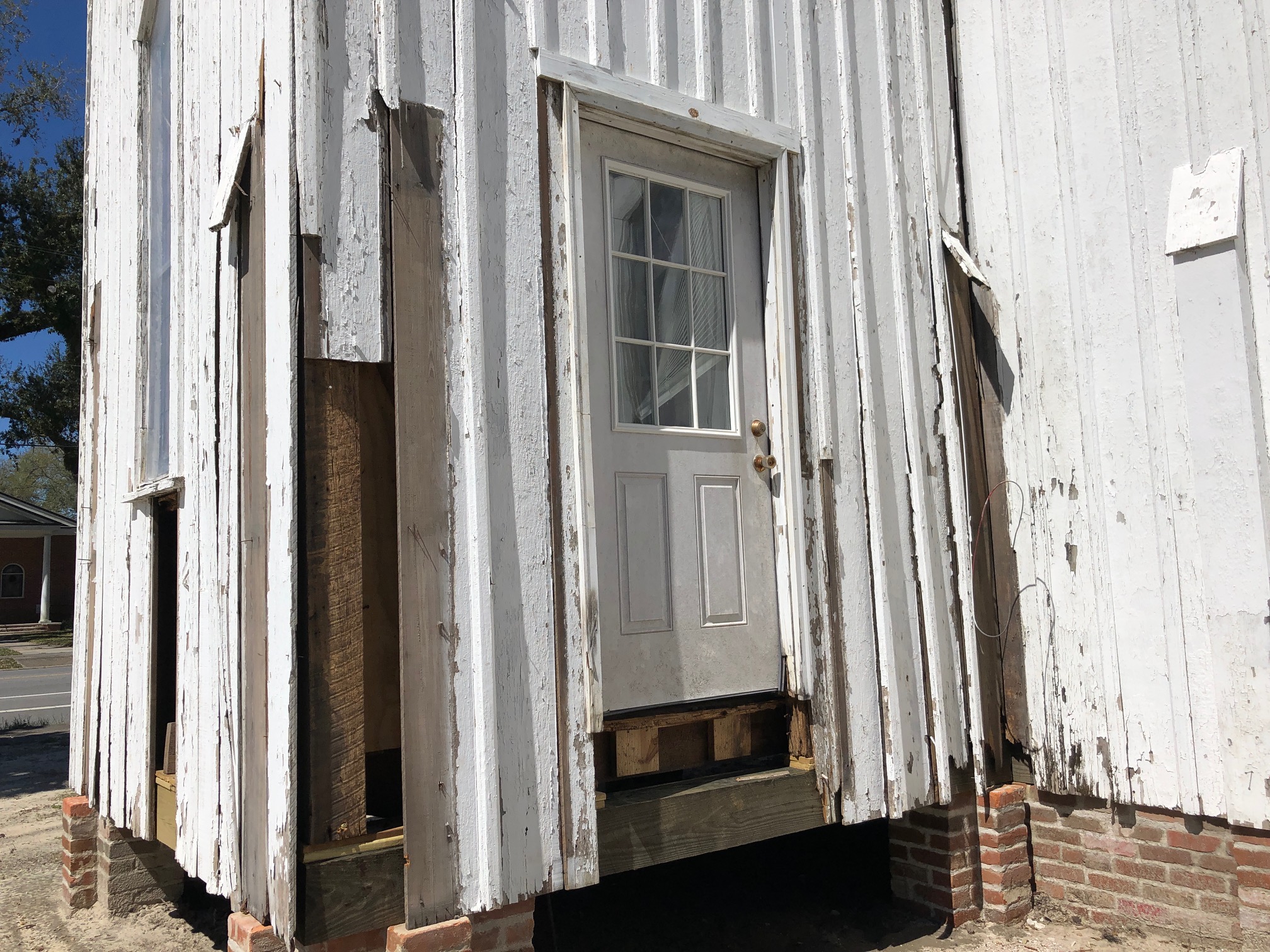
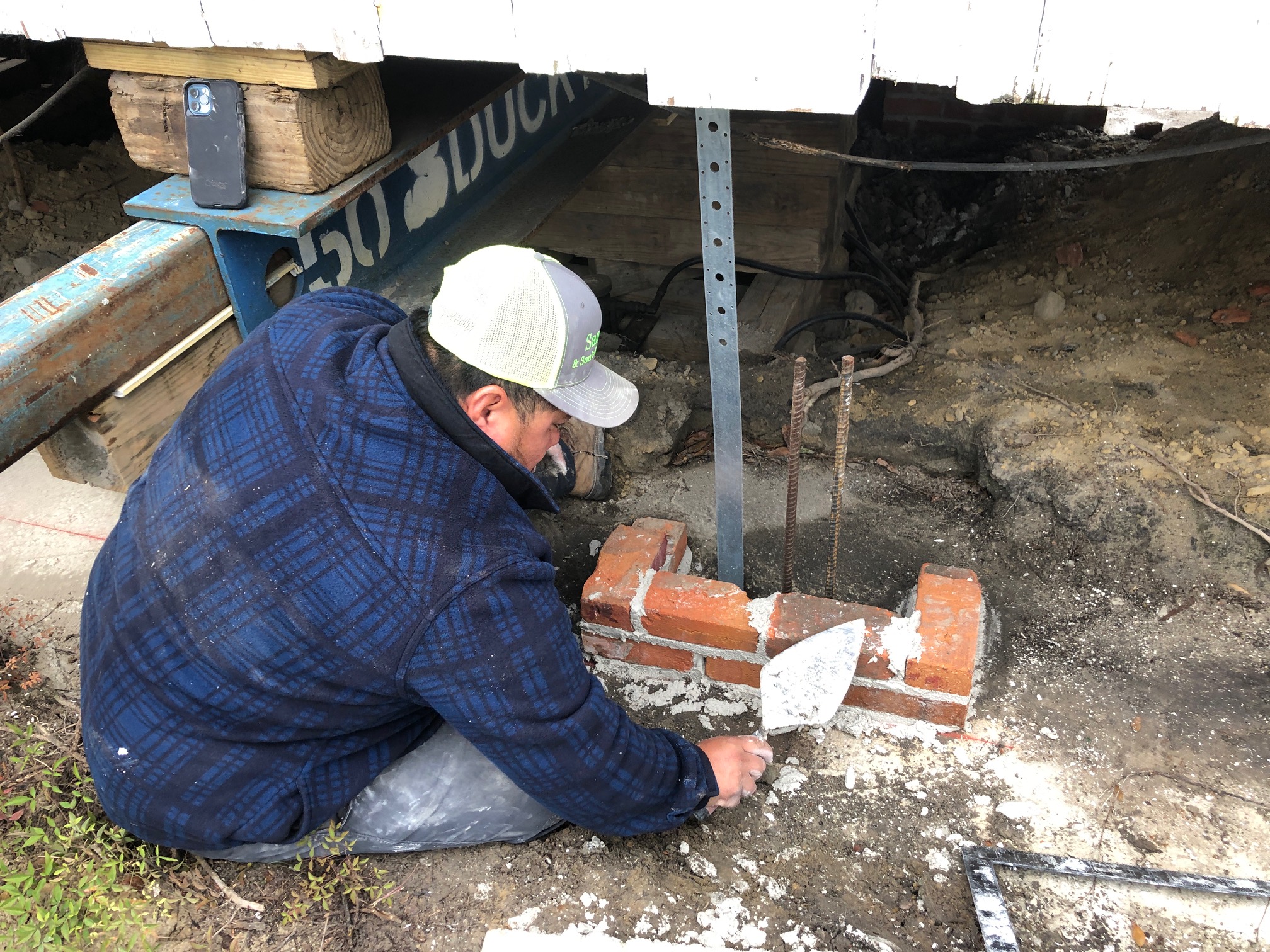
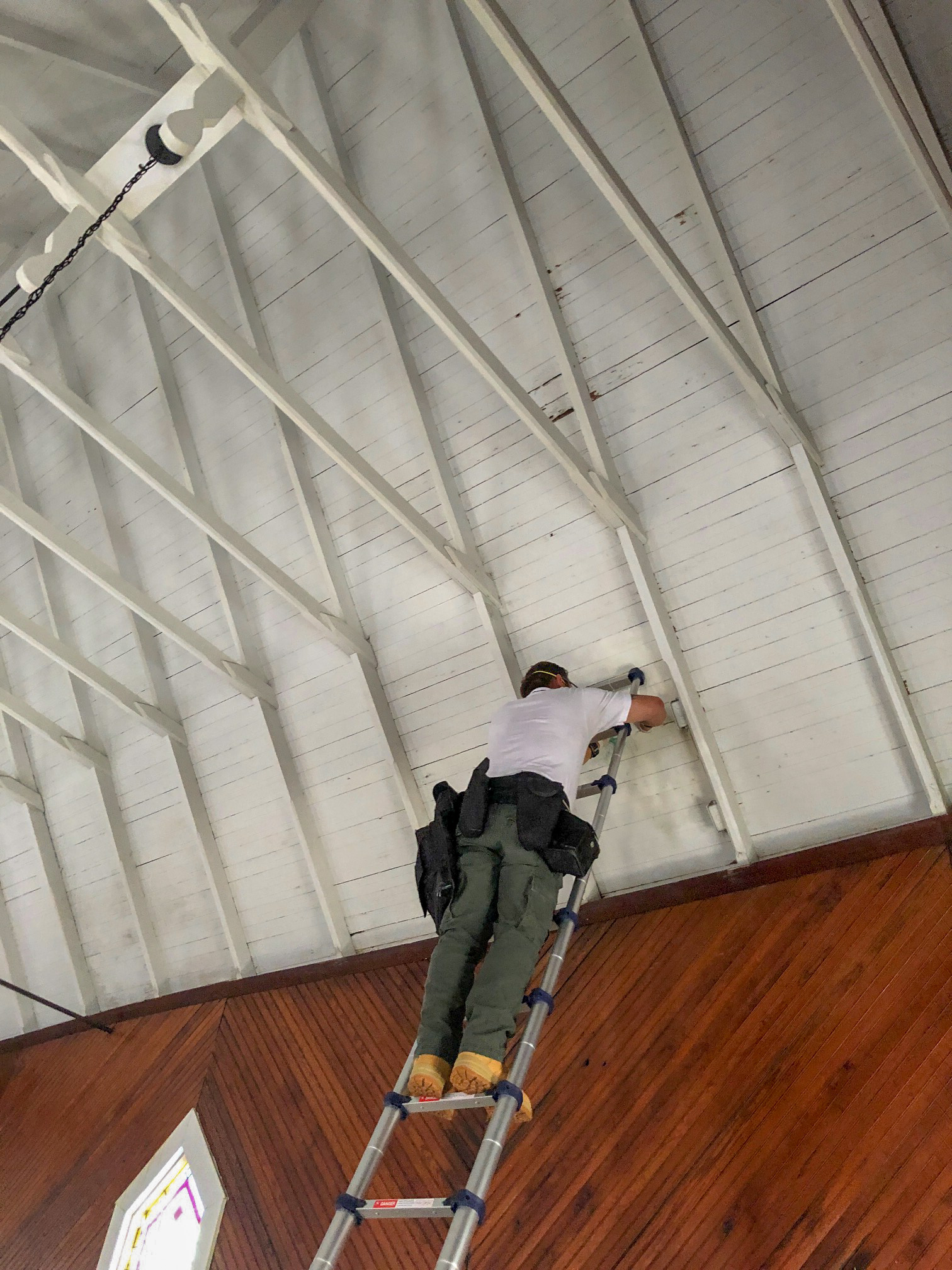
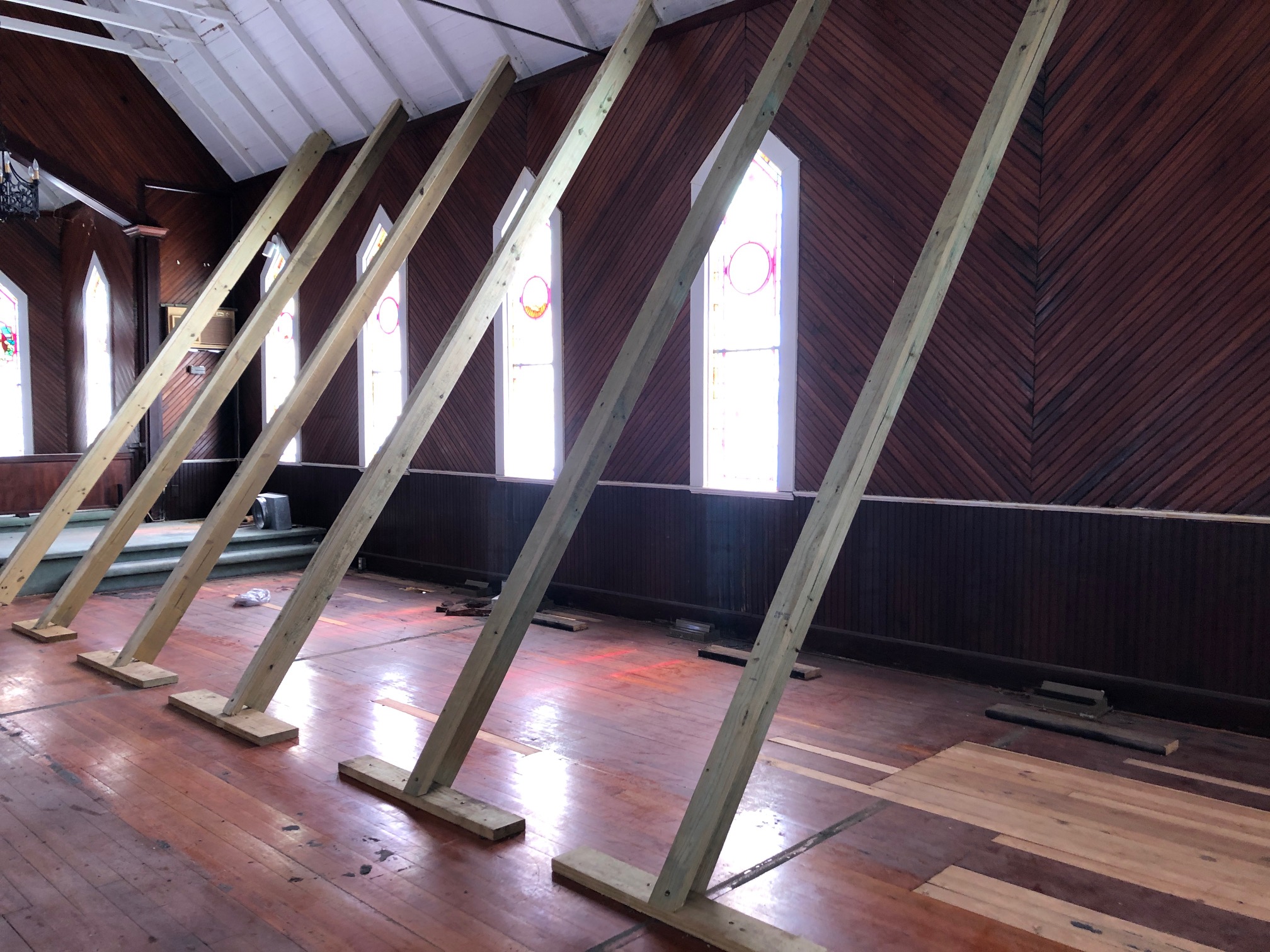
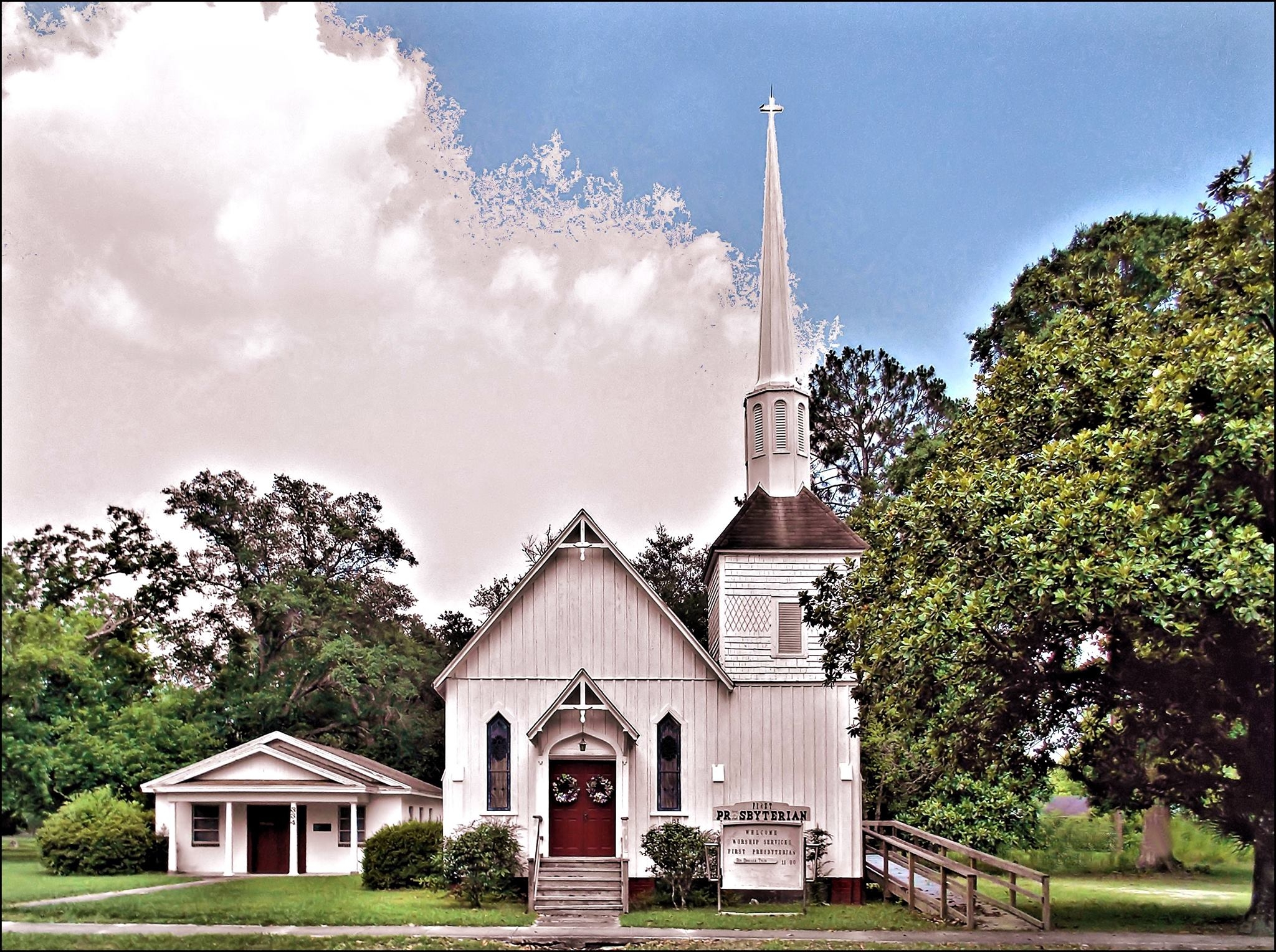

Excellent! This has always been my favorite church building in Wewahitchka.